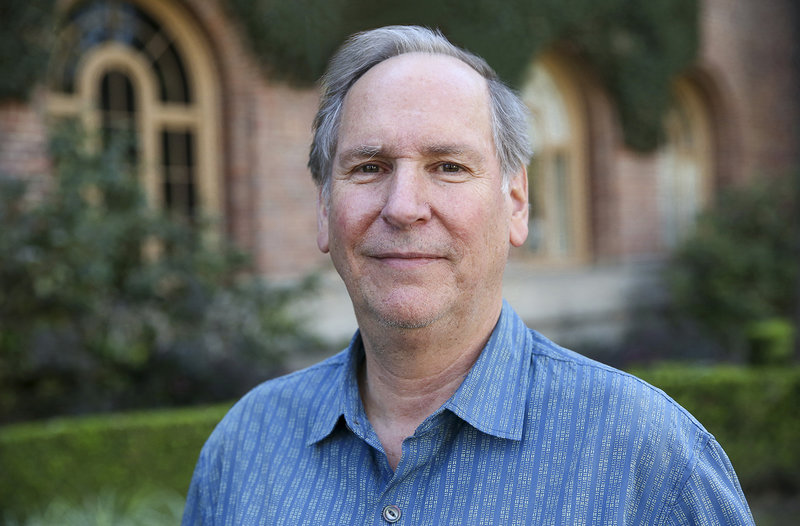USC technology lights up the new wave of cutting-edge displays and lighting
Dr. Mark E. Thompson with his collaborators at USC and Princeton University developed organic light-emitting diode (OLED) technology that Universal Display Corporation (UDC) has advanced and commercialized into an international business. This disruptive technology can be found in a number of bright, beautiful, thin displays, from Samsung’s Galaxy smartphones to LG’s OLED TVs.
An OLED can be manufactured using a variety of substrates, including glass, plastic or metal. It consists of several layers of organic materials sandwiched between two electrodes. As a result of the decay of the excited state, radiation is emitted that can be seen by the human eye. In active matrix OLED displays, such as the ones Samsung uses in its smartphones, colors are created by independently addressing red, green, and blue OLEDs within each pixel. As a result, OLEDs have a true contrast ratio, deep color saturation and wide color gamut and when manufactured on plastic, OLEDs can be rollable, foldable, bendable and conformable. OLED technology enables display and lighting makers the ability to dramatically alter the consumer and illumination landscape with differentiated, high-performing, energy-efficient, innovative products.
The USC Stevens Center for Innovation signed a patent license with Universal Display Corporation for this suite of technology that now includes over 120 issued U.S. patents.
Dr. Thompson holds the Ray R. Irani Chair in Chemistry and is a Professor of Chemistry at the USC Dornsife College of Letters, Arts and Sciences and Professor of Materials Science and Chemical Engineering in the Mork Family Department of Chemical Engineering and Materials Science at the Viterbi School of Engineering.
